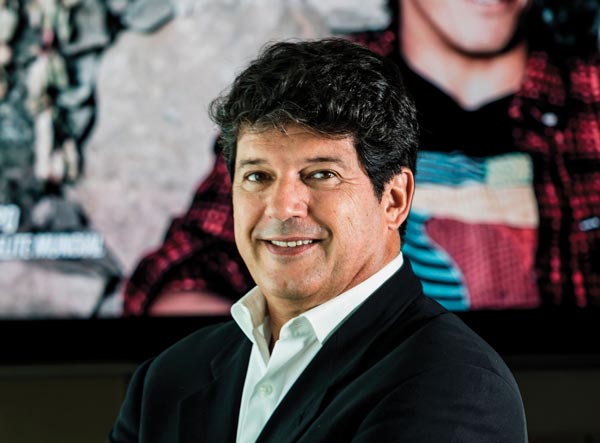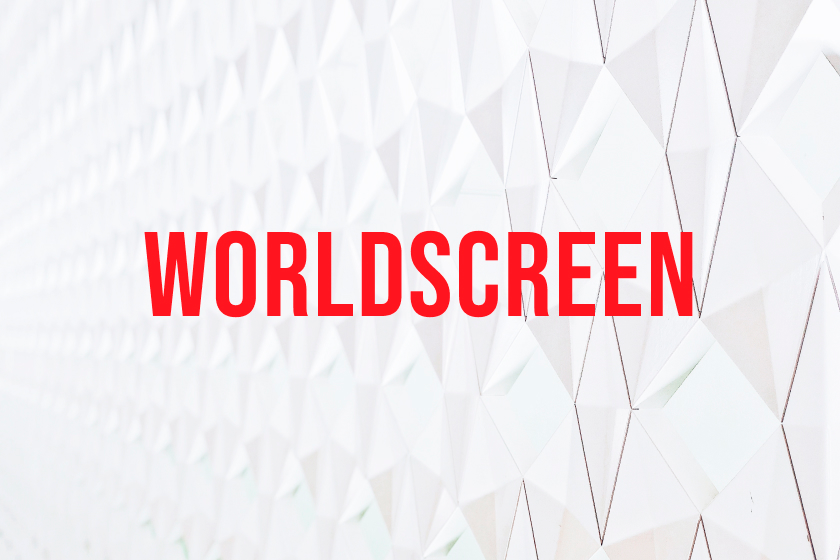PREMIUM: Globosat’s CEO, Alberto Pecegueiro, shares with TV Latina how providing subscribers with choice and continued innovation have been key to the company’s success.
WS: Globosat has worked with cable and satellite operators to create packages that would enable people outside the socio-economic A and B Classes to afford pay TV.
PECEGUEIRO: Since very early we realized that we should have different products for different targets. So together with the operators we were able to develop that strategy. I follow with some humor the debate in the U.S. nowadays about the notion of skinny bundles. It’s something we started in Brazil in the 1990s. It’s interesting that the most developed market in the world is only getting to that point now.
WS: Perhaps because the most developed market is the greediest market!
PECEGUEIRO: I’m not sure. As they say, “If it ain’t broke don’t fix it!” Pay TV has experienced a great track record in the U.S. and now the challenges of the industry are forcing cable and satellite operators to think about new ideas. By comparison, the specific aspects of the Brazilian economy always made it much more difficult to make this business grow. We were more open to the idea of offering tiers or skinny bundles.
If you compare us with our neighbors in Latin America, I think it was because of us that the top tiers were developed. The à la carte offering in Brazil is way more diversified than what you find in Argentina, Mexico, Colombia or Venezuela because we launched packages in 1998 starting with soccer, then we moved into movies, boxing matches, adult content and now the interactive offers as well.
WS: The Brazilian economy has slowed down compared to what it was a few years ago. Is this impacting the pay-TV business?
PECEGUEIRO: Yes, it is impacting everyone in the country, but there is one big surprise. Pay TV will be the only medium that grew its advertising market share in 2014-2015, whereas all the other media—I’m not referring to Google or Facebook because they don’t disclose their numbers—but if you look at print, magazines newspapers, broadcast, radio or outdoor, the only one to experience growth was pay TV, which was a great accomplishment.
WS: Was that due to the strength of the programming offering?
PECEGUEIRO: I think it’s a combination of the programming, the cumulative growth of the subscriber base we have had in the last few years, and the gain in pay TV’s share of viewing. Once subscribers get pay TV at home, it takes them some time to change their habits from watching solely broadcast networks, get used to the offering of the other channels and identify the kind of content they really like and then return to it. So despite the fact that the subscriber numbers [have been flat] we are still experiencing very solid growth in the aggregated share of the cable channels. And advertisers have recognized this.
WS: The Summer Olympics are coming up in Rio de Janeiro. What type of coverage will your channels be offering?
PECEGUEIRO: Brazilians are always keen to say we have the best and the biggest of everything! But I saw what the BBC did with the London Olympics in 2012 and I think we are going to do something, to say the least, that is on par with what the BBC did. On cable and DTH we will make available 16 24/7 HD channels. SporTV, which currently has three channels, will add another 13 channels. Most of the operators have already agreed to give us the extra carriage to accommodate those 13 channels. On top of that, our TV Everywhere product will have another 24 channels. So through the internet, our subscribers will have the option to select from 40 channels what they want to watch and when to watch. According to our calculations, we will broadcast live 96 percent of everything that will happen during the Olympic Games in Brazil—even those very, very, niche sports.
WS: You mentioned TV Everywhere. How is Globosat offering programming and content on different screens and devices and how much demand is there for that among your subscribers?
PECEGUEIRO: The demand is huge. Since 2012, we have been actively deploying more and more of our content for on-demand consumption by our subscribers. That happens through many different options, either through the operators’ interactive menus or through the online versions of our channels, including on demand and streaming.
I was somewhat surprised when I attended NCTA in 2013 in the U.S. At the time I heard most of the cable operators complaining that they wanted to give their subscribers various viewing options, but they were facing tremendous resistance from the channel groups over issues of copyright, the way they acquired rights didn’t complement the online offer, or simply because the programmers were concerned that on-demand and streaming would take audiences away from their linear channels. In Brazil, the situation was the opposite, we were already offering a bunch of content in many different ways and it was the operators who weren’t ready at the time. Either they weren’t ready to authenticate our streams, or they didn’t have interactive options for their subscribers. It was an interesting conflict but eventually it was resolved and we have a very aggressive offer now. All of our channels are available for streaming in the authenticated mode by subscribers through most of the operators. We have our Globosat Play product available through the internet for mobile and PC consumption. And we are now discussing airing some of our current product first on the internet and then on our linear channels. We have been very aggressive and will continue to be so as much as we can.
WS: What impact is Netflix having on the pay-TV market? Certainly in Europe Netflix is considered the big bad wolf! Is the feeling the same in Brazil?
PECEGUEIRO: We haven’t felt its impact yet. As in most countries, Netflix in Brazil is experiencing a good rate of growth, but so far it hasn’t appeared to be a substitute for pay TV. It is rather a complementary product. We like to say that if you want to consume TV you can have a $6-a-month product, which is the price of Netflix in Brazil, or you can spend $15 a month, which is the price of the basic package, or $30 a month, which is the price of the expanded basic package. There are different pricing points for product and at the level of pricing that Netflix operates in Brazil, it hasn’t hurt pay TV. We are seeing that people subscribe to it, consume a lot of content in the first month, and while children watch the same content over and over, the adults set it aside. They don’t care about canceling because it’s so cheap and it’s automatically charged on their credit cards. They watch here and there and when there is new original product they binge-watch it. It’s not something that we see as a threat to the pay-TV business at this moment.
WS: In what areas do you see future growth for Globosat in the next year or two?
PECEGUEIRO: We have a number of projects in development. We have new channels being developed because operators no longer have a shortage of capacity. There are new satellites being launched for Brazil. Cable operators are extending their capacity so there are a couple of ideas for new channels that we are entertaining. We are the first company to have a 4K truck in Brazil, so we are going to be increasing the production of 4K content. As soon as the operators tell us they are ready to launch a 4K channel, we are going to have one ready for them. We are going to be aggressive with our on-demand offering, including with product that will be offered first on an on-demand basis. We are also in a very advanced stage to launch programmatic ads technology for the cable environment.
We are also operating on the international front. We are very happy with the joint venture we have with Caracol to launch a Hispanic channel in the U.S.
 TVLATINA
TVLATINA


